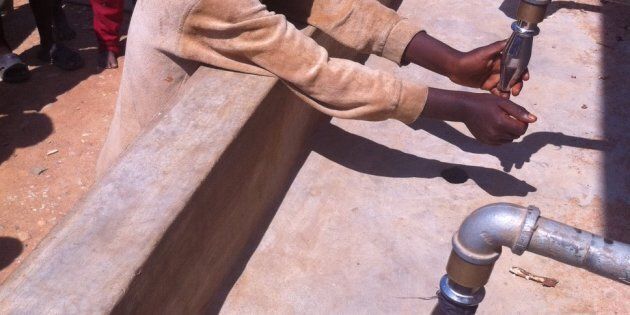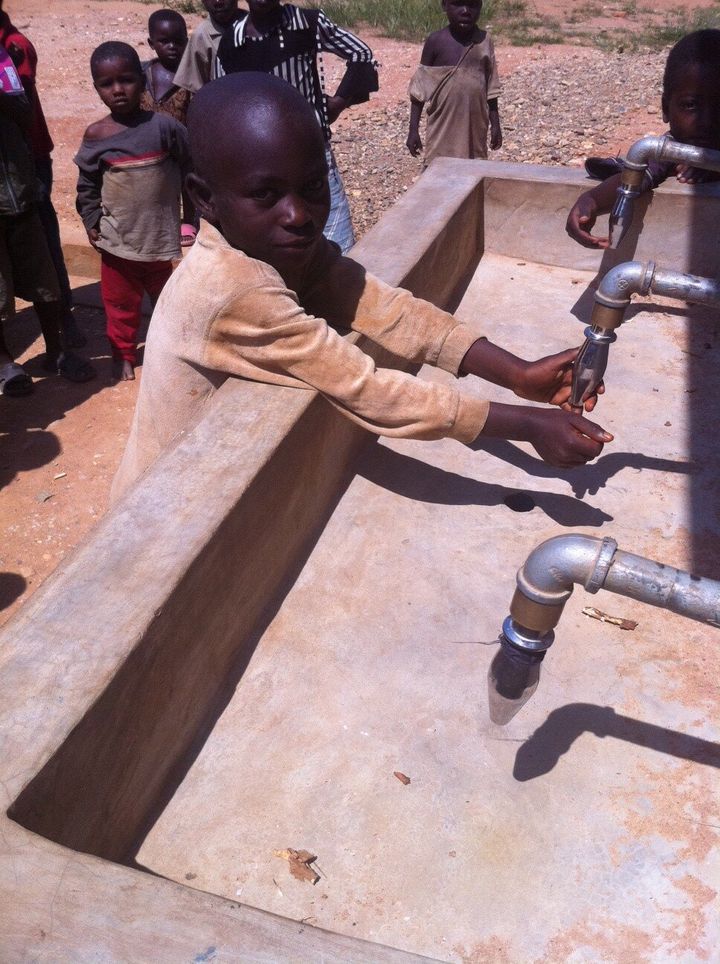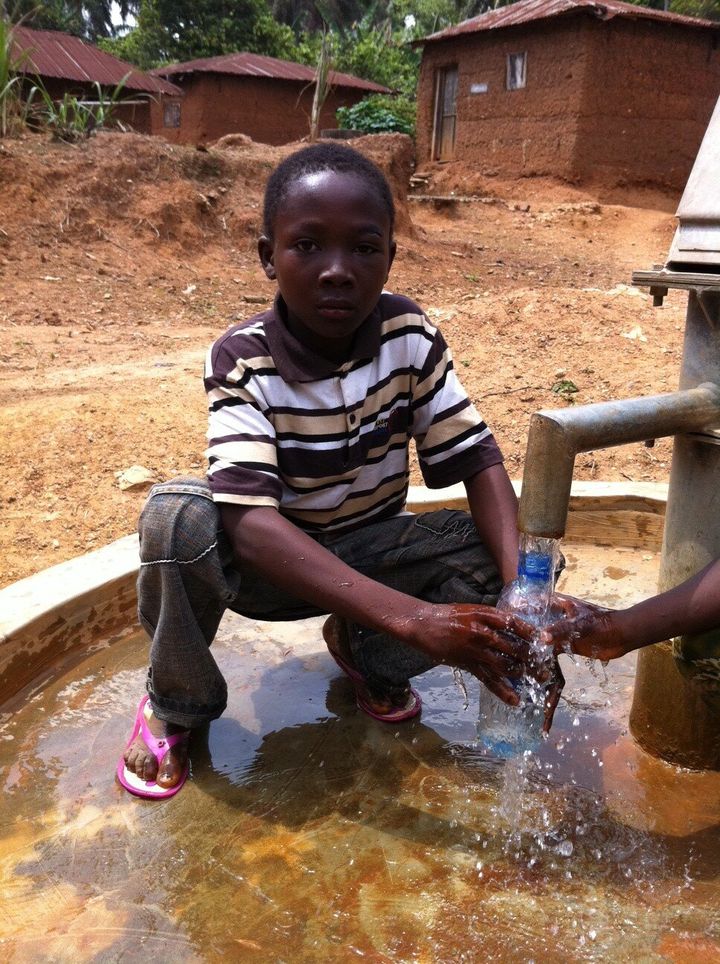

The news this week from the developing world was good -- for once.
The world has reached the Millennium Development Goal (MDG) of cutting by half the number of people without access to safe drinking water, five years ahead of the 2015 deadline.
The news came via the U.N. Children's Fund (UNICEF) and the World Health Organization (WHO). A new report claims 89 per cent of the world's population, or more than six billion people, now use improved drinking water sources.
While the news on the water side is encouraging, the situation on the sanitation side is not so positive. Millions of people, for instance, live without a toilet. Not a very sexy topic -- but one which is of great concern if the world is to meet goals on reducing under-five mortality.
According to a new economic brief from the African Development Bank, the overall rate of access across Africa to better sanitation is disappointing --increasing to only 31 per cent from 27 per cent between 1990 and 2008.
Living without proper lavatory facilities is not only an unhappy existence -- it's also a potentially dangerous one, opening up the possibility to a slew of problems, including cholera, malaria, stomach diseases, and worse. For women in some developing countries, the journey at night time to a far-away latrine or field can spell rape or even death.
Take Ghana: Only 13 per cent of Ghanaians have toilets of their own. More than half of families share a latrine with other households. In one region of northern Ghana, 70 per cent of people defecate outside.
According to UNICEF, almost 50 per cent of the developing world's population -- 2.5 billion people -- lack improved sanitation facilities. In 2002, more than 40 per cent of households worldwide had no toilets, though that number is improving.
"Inadequate access to safe water and sanitation services, coupled with poor hygiene practices, kills and sickens thousands of children every day, and leads to impoverishment and diminished opportunities for thousands more," says UNICEF.
In countries like Ghana, Nigeria, and Burundi -- where, according to the African Development Bank, half the population lacks access to proper sanitation -- a mix of innovation, persistence, and empowering communities has proven key to reducing mortality and illness from sanitation factors.
One of the most revolutionary developments in this sector is a concept called Community Led Total Sanitation. CLTS is said to have been pioneered by development consultant Kamal Kar who postulated that simply building toilets for people did not mean they would use them. If toilets were just installed in a community without education they would remain unused.
One West Africa-based aid worker with expertise in sanitation told me: "We have learnt the hard way in 90s that donated facilities are rarely used or valued. Under CLTS, every family in the community builds a toilet on its own, however basic the toilet is."

I had the opportunity to personally visit communities in rural Nigeria that had adopted CLTS. It quickly became clear that there was more than just encouraging the installation of essential hardware and explaining their significance. Organizers, backed by governors and other "influencers" publicly award village heads for reaching what's called "Open Defecation Free Status." Open-air plays with simple messages to explain the importance of using latrines -- and washing hands with soap afterwards -- help people with little education understand the CLTS method.
Says Kunle Ayeantowe, the head of the Ifedao Local Government Area (LGA) in Nigeria's Osun State: "Where we find people who are not healthy they are not able to do well on their farms. And if they can't work properly their economic status goes down...then health becomes a problem and then you see death in early ages."
Ayeantowe, who is very vested in the CLTS roll-out in his area, is correct. Not only have people ceased to openly defecate in fields, they have made it a practice to wash their hands, using newly-installed taps and soap. In some areas, water wells have been moved closer to homes -- meaning women have more time to tend to their children and other duties. Because the initiative comes from the ground-up, and communities feel a sense of empowerment, there is a real feeling of ownership. UNICEF deserves a lot of credit for helping to roll-out CLTS in Nigeria, Africa's most-populous nation.
CLTS is a concept that, while not expensive, requires sustained funding from the international community. The European Union and the UK Department for International Development (DFID) have demonstrated a strong commitment but other governments such as the US and Canada need to up their commitments in this area if we are to come close to meeting MDG goals for sanitation.
The UN itself concedes that with half the population of developing regions without sanitation, the 2015 target appears to be out of reach.